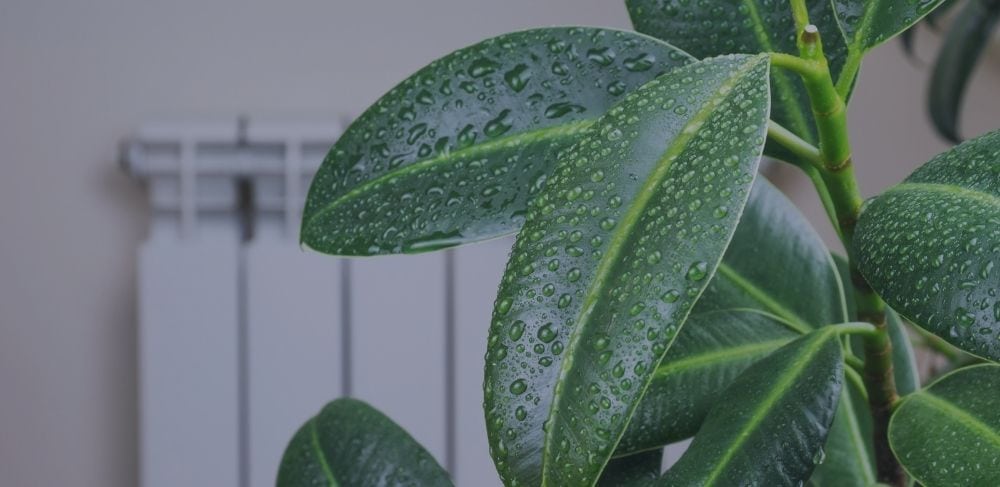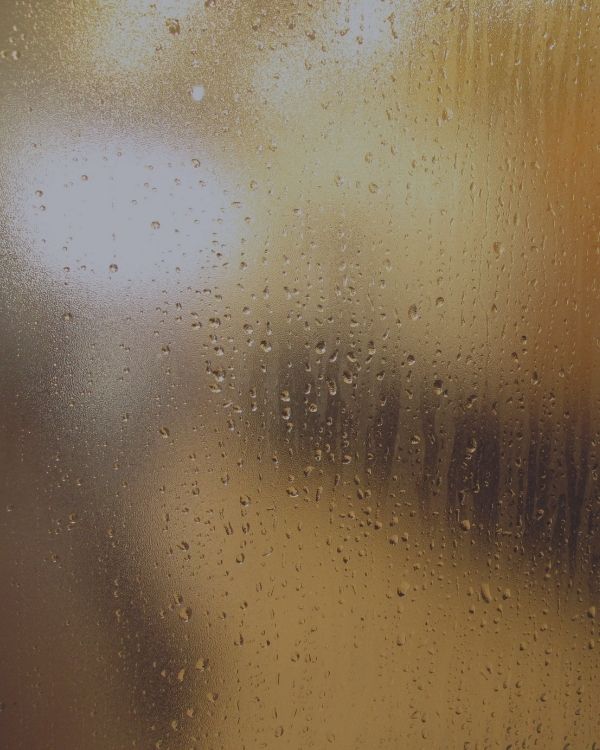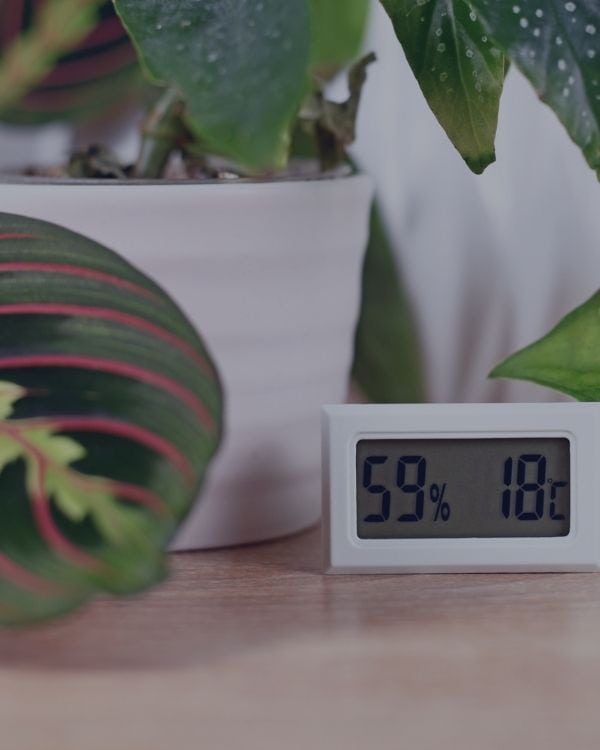Control Humidity: The Destroyer Of Household Plants
Indoor plants are great additions to any home because they provide so much beauty and calmness. But what you may not know is that humidity can be very destructive for them! If your plant starts showing signs of rot, mildew or mold, then it’s time to get some ventilation in this area as soon as possible, otherwise those precious leaves will start falling off. There are many factors which affect how plants grow and reproduce, but one of the most important of them is climate control. When growing plants indoors, it’s essential to maintain optimal humidity levels, so they can continue photosynthesizing without problems!

What exactly does humidity to indoor plants?
With a high humidity at low temperatures, plants cannot evaporate all the water in their leaves. The input is about how plants use evaporation as a means to cool themselves and get rid of waste. Indoor plants need good ventilation to avoid mold and fungus. The evaporation process is stopped by a closed system, so it’s significant that you use an open one when growing indoor plants, because fresh air can easily enter through windows or vents which promote healthier living spaces in general as well. If the humidity is too low and temperatures are high, plants will evaporate more water than they gain through their roots. This can lead to nutrient burn, which starts with leaf tips burning up before finally killing flowers or withered leaves as well.
Humidity is the percent of water vapor in your room’s air. The perfect balance of moisture in the air is required for indoor plants to grow well. When there’s too little or more than what they need, mold and mildew can take over your plants. But when you regulate this variable accordingly, then these problems won’t stand a chance!

Houseplants do raise humidity
Houseplants are naturally inclined to sweat when the temperature starts getting too hot, this process, called evapotranspiration.
Like people, plants require water to live. Once they have absorbed their fill from the soil, xylem vessels in stems will exert pressure to pull up the juice.
The excess water from vessels evaporates due to minute openings on leaves that are known as stomata. These regulate gas and vapor exchange in houseplants.
The humidity in your home can easily rise to unhealthy levels if you have multiple pots with plants and poor ventilation.
As the water accumulates on top of each plant, it’s likely that some percentage will evaporate into thin air due to their proximity and difference between surface conditions.

Climate control is essential for a healthy plant growth
Plants use water, air and light for transpiration. Greenhouses control the humidity to keep plants from wilting during hot days or when it is nighttime with low moisture content in their environment. This process allows them to grow better by minimizing evaporative losses.
The best way to avoid the spread of pests and diseases is by ensuring that your plants have a climate controlled environment. When conditions are too humid, they may promote mold growth, which results in plant death or failure. These same types of bacteria can also cause root rot if not properly managed . You can control this by watering only when it’s soil is dry, instead of daily watering.
The control of plant growth and development is an important aspect in the manipulation between light, temperature levels (including relative humidity), as well as water supply. The purpose of this manipulating process should promote photosynthesis. The plant should have optimal transpiration rates, depending on type or age/seasonal factor.
How to regulate humidity
You can have a beautiful and healthy indoor collection of plants by following these tips:
- It is essential to check the soil in your pot before adding water. You should only water when you feel that the soil is dry, not because of a schedule or anything else!
- Mixing soil with fertilizer can be a great way to get the best out of both.
- Fertilizer will help your plants grow more quickly, while holding water in their roots for longer periods. However, you should make sure to add some sand, so the water can drain easily.
- For dry air, the solution is as easy to find: install an electric humidifier. When you have higher humidity levels, invest in one or two dehumidifiers!
- Plants need to stay cool, so they don’t dry out. A draft can take the form of a heater that produces too much warm air, which might cause your plant’s leaves and roots to yellow before dying altogether! Keep plants away from heat-emitting objects such as fireplaces.
- The perfect solution for those who have many small pots of plants or flowers is to make a large tray and fill it with marbles. This is a great way to keep your plants alive and moist. The marble or pebble tray will lift the pot off of its base, allowing excess water flow away more quickly so that you don’t end up with soggy roots!
Conclusion: Create the perfect balance
Humidity is a critically but important factor when considering the health and well-being of your plants. Plants regulate their own humidity levels, but they need some help from us if they grow indoors!
It’s important to have the right balance of humidity in order for your indoor plants, especially those that are medicinal or require specific conditions like medium moisture levels. When you regulate both humidity and temperature it will help to prevent disease or ultimately death of your plants. Take care of your plants and they will take care of you.





